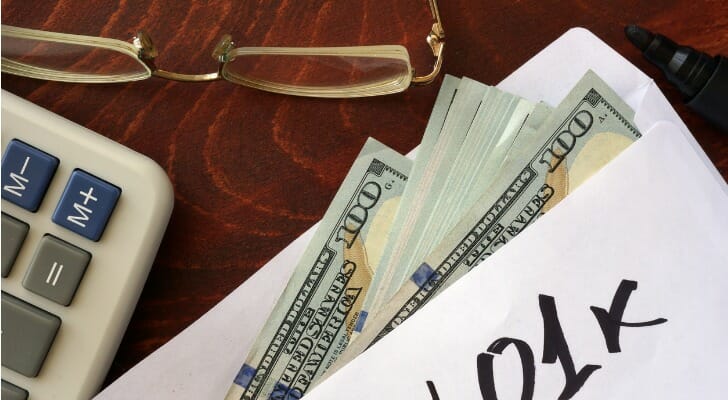What Return Can I Expect on My 401(k)?
Jan 29, 2024 By Susan Kelly
"It depends" is a phrase we'd instead not use. However, it does. As you contribute to your 401(k) plan, your investment portfolio, and current market conditions directly impact your plan's performance. As a result, even though each 401(k) plan is unique, the average yearly Return you may expect from your plan's contributions varies from 3 percent to 8 percent, depending on how you arrange your assets across stock, bond, and cash investments.
What Is a 401(k)?
If you want to invest your money, a 401(k) is a better option than opening a brokerage account on your own since it provides additional tax advantages. Amy Ouellette, the VP of Product at Vestwell, an investing business, explains: "It's a tax-advantaged retirement savings account that you can access via your workplace." Traditional or Roth IRAs can help you save money on taxes now or in the future, so it's a win-win situation.
How 401(k) Plans Function

Let's go over the fundamentals one more time. One of the best ways to save for the future is through an employer-sponsored retirement plan such as 401(k). Employees who participate in 401(k) plans can postpone a portion of their salary, pretax or post-tax, to their retirement accounts through payroll deferrals. Adding to the allure of saving is the practice of companies matching employee contributions up to a predetermined quota. I
Which 401(k) Return Rate Is Ideal?
How much money you put into your 401(k), how long you plan to invest, and what sort of fees you're paying in your account all affect the percentage of return you'll get from your investments. In the opinion of Vanessa N. Martinez, a former financial adviser and the founder of the consulting business Em-Powered Network, there are two ways to look at returns.
Your 401(k) returns are expected to fall anywhere between 5% and 8% on average. It's been said that you may expect a return of between 7% and 10%. What makes a difference is the kind of investments you make and the percentage of each fund's assets you allocate to them.
Investment returns should outperform inflation in general. Ouellette says that investing in the stock market is risky if your profits don't keep pace with inflation.
How Do You Calculate a 401(annual )'s Return?

To calculate your annualized Return, subtract your initial balance from your ending balance for a certain period. To sum it up, that's how much money you've gained. Divide the result by the starting balance to get the percentage increase in your account. If your year-end balance is $120,000 and your balance was $100,000 at the beginning of the year, you'd reduce $100,000 from $120,000. The 20 percent return for that period may be calculated by dividing $20,000 by $100,000. "Make sure you're comparing it to the correct standards," Ouellette advises.
What Affects Your 401(k) Return?
If you don't pay attention to your investments' expenditure ratio or fees, they might gradually eat away at your profits. These costs aren't always visible. Instead, you'll receive a smaller return, which might amount to thousands of dollars throughout your investment. As a result, it's critical to select low-cost investments. Diversification is also essential. Investing in a wide range of firms rather than just a few is known as diversification.
"Think about diversity," Ouellette advises his listeners. "Violent investments and firms can be found in specific investments." Your age is also a significant factor in determining your investment outcomes. Time spent at the market is another way of saying the same thing. Compound interest has a more substantial impact on your balance if you start early. Start as soon as possible because waiting even a few years to get started might cost you thousands of dollars in lost profits.
Managing Risk and Profits
That 5 percent to 8 percent range we mentioned at the top is again back in play. 401(k) plan participants typically invest 60 percent in stocks and 40 percent in bonds, resulting in a reasonably aggressive average return of 8 percent. For long-term growth, the 60/40 portfolio allocation focuses on stocks while reducing risk with bond and cash investments.
The 60/40 portfolio is at the center of the risk/reward continuum. A more aggressive portfolio—say 70% equity, 25% debt, and only 5% cash—could result in double-digit gains over a long period. Your account's volatility, on the other hand, might be significantly higher.
Summary
No one can forecast your Rate of Return in your 401(k), but you can utilize your time horizon and risk tolerance to help you build an investment portfolio that will help you meet your retirement objectives. Pay attention to the costs associated with the various options you are considering. You should keep an eye on a few things to ensure that your 401(k) account meets your investing preferences and nest egg-building objectives.







